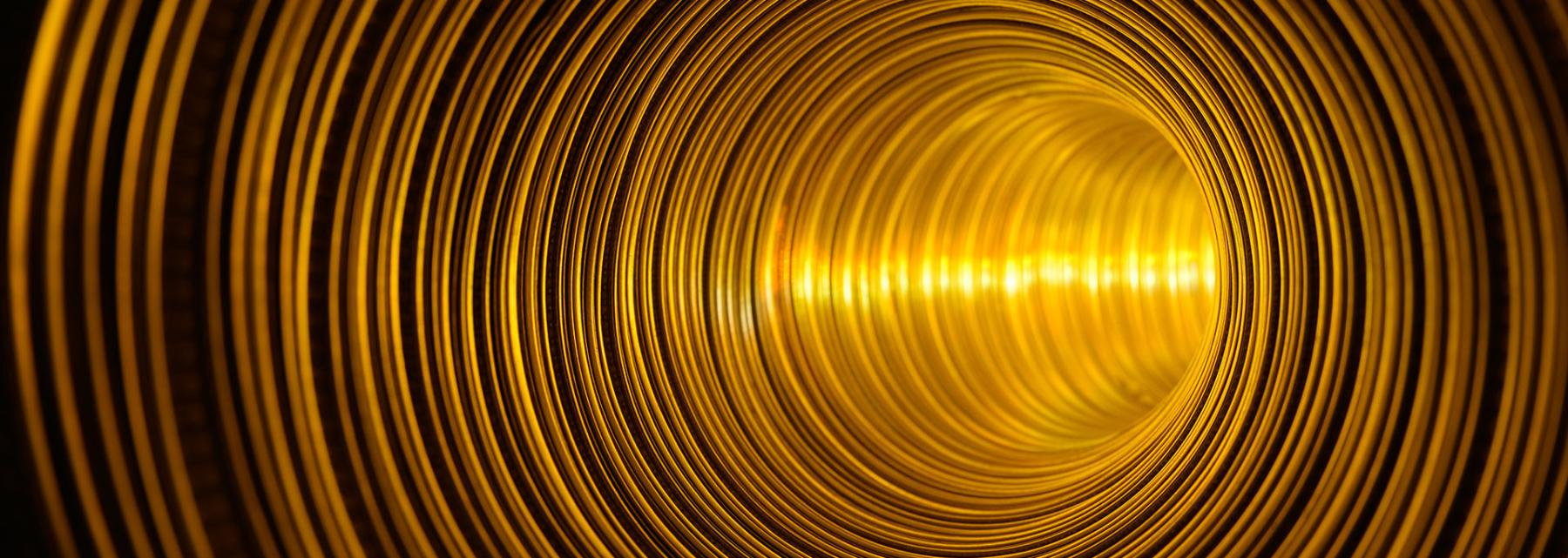
Concert Time
by David Wirth
This a hands on activity that will have the students measure the frequency of a resonating glass bottle by using their cells phones. They will then combine with other groups to play a well known song. Students enjoy this activity and have the opportunity to apply Science, Technology and Math. This lesson is an extension of the lesson “What's your frequency?” Students really enjoy this activity and its pretty cheap to set up.
Lesson Plan Link/URL
https://docs.google.com/presentation/d/1w8y_HVwJ-tX0ue36QeG3_UURmE9uFSCb/edit?u…Subject Area
Science Physical Science P4: Energy Transfer Technology 2. Digital Citizen 5. Computational Thinker 6. Creative Communicator Engineering S3: Apply Mathematics to Engineering S4: Apply Science to Engineering S5: Apply Technology to Engineering Mathematics Expressions and Equations (EE) Functions (F) Reasoning with Functions and Relations (RFR)
Featured
Off
Related Content

Grades:
Kindergarten, 1st Grade, 2nd Grade, 3rd Grade, 4th Grade, 5th Grade, 6th Grade, 7th Grade, 8th Grade
Most students are likely familiar with popular films like Happy Feet, Surf’s Up, Penguins of Madagascar, and classic books like Mr. Popper's Penguins. Capitalizing on this familiarity with penguins

Grades:
9th Grade, 10th Grade, 11th Grade, 12th Grade
A high school physics lesson plan that uses guided inquiry to help students explore the changes in potential difference across resistors connected in series & parallel.

Grades:
9th Grade, 10th Grade, 11th Grade, 12th Grade
In this real-world STEM lesson, students take on the role of product planners at Apple to determine the optimal production mix of iPhone 16 colors that maximize profit while considering demand